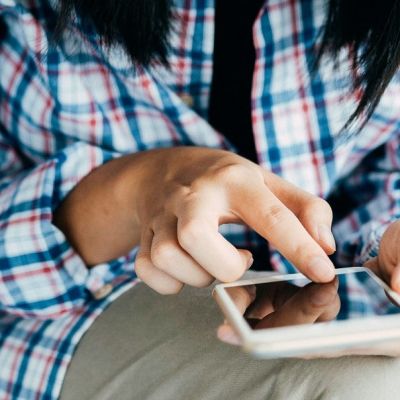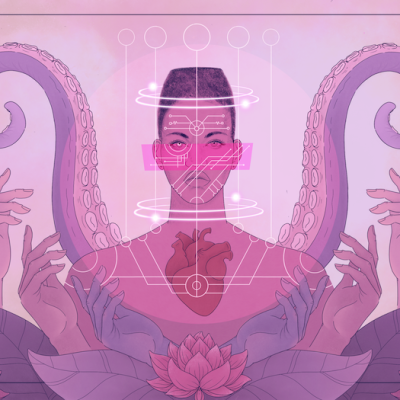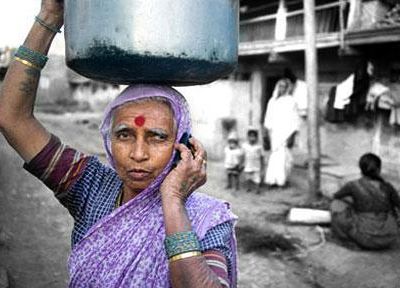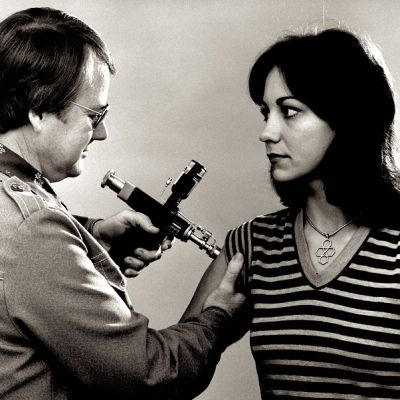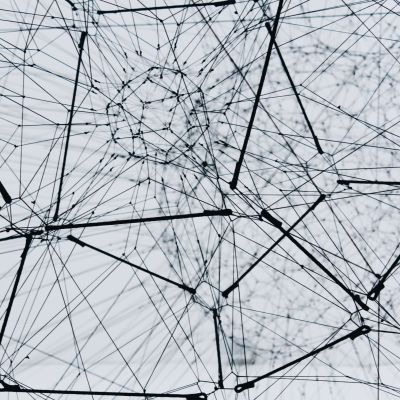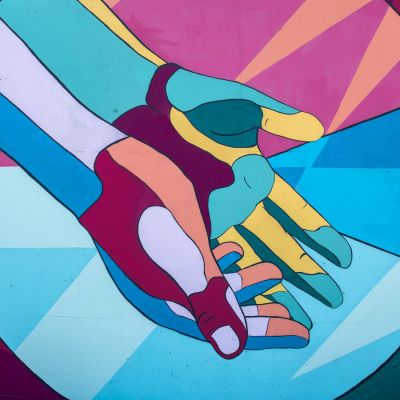technology
रुपसा मल्लिक द्वारा लिखित सोमिंदर कुमार द्वारा अनुवादित पिछले दो दशकों से प्रजनन प्रौद्योगिकी (रिप्रोडक्टिव टेक्नोलॉजी आरटी)[1] का उपयोग आम…
A short documentary on India’s menstruation man, Arunachalam Muruganantham, who wore an artificial uterus, was left by his wife for five years, and was called a pervert by the neighbours – all in his pursuit to create cheap yet effective sanitary napkins for women who cannot afford safe menstrual hygiene products.
Typos are speed breakers, and autocorrect has kinky preferences
The digital space is becoming an integral part of our daily lives, especially with smartphones and internet data plans becoming more affordable. The number of people going online everyday—including people from marginalised communities—is increasingly rapidly.
Facebook. Google. Apple. Microsoft. Amazon. As the white male-dominated Big Five in Silicon Valley monopolise most platforms that guide online interactions almost everywhere outside China, any aspiration towards a feminist revolution has become capitalised.
Our desire to connect is perhaps one of the human aspirations that both Sexuality and the Internet serve. And with the Internet we now have new ways, unthought of even twenty years ago, of connecting with each other, and even at times with ourselves, finding aspects of our selves that we did not know existed.
“Any sufficiently advanced technology is indistinguishable from magic.” ― Arthur C. Clarke, Profiles of the Future: An Inquiry Into the…
Medical abortion is a threat to scientific authorities because it is technology easily used without the help of a medical provider. Since there is doubt that women will use the drug safely without supervision (even though they did it before and are still doing it), some think the kinder option is to remove their opportunity to fail.
That offline patriarchal norms are travelling online – lock, stock and barrel. Digital technologies may appear to be gender-neutral, but floating below their waters is the whole kit and caboodle of patriarchy.
Looking back at this piece, written seven years ago, the core issues that I identified then remain significant and relevant….
What does Tanu Weds Manu Returns (2015) have in common with Perumal Murugan’s controversial book, One Part Woman (2013)? Stories on emasculation…
In the last two decades the use of reproductive technologies[1] (RTs) has become an inevitable and often indispensable part of…
“My brother does not want me to buy a mobile phone. He says that there are already three phones in…
Most of us, during childhood, internalised the lesson that sex or pleasure is ‘dirty’ and ‘bad’. Artists around the world are increasingly using ‘tactile art’ to challenge the shame and embarrassment that people feel when they look at their bodies.





